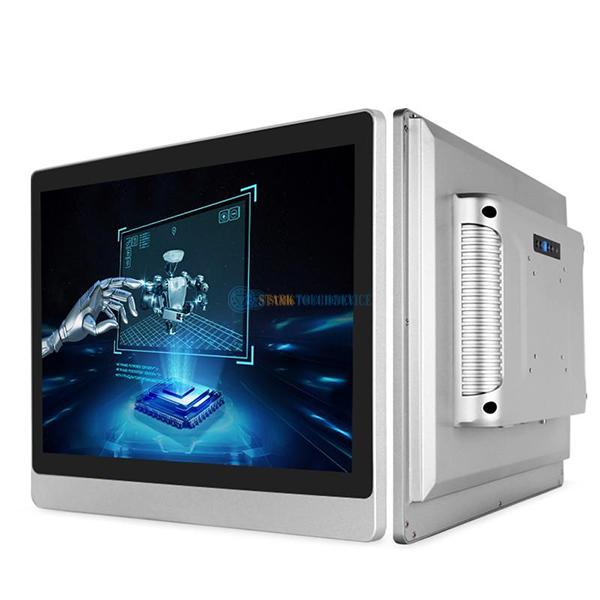Welcome STARK TOUCH DEVICE!
Solutions
Operation method of real-time data acquisition software for industrial control computers
Operational Guide for Real-Time Data Acquisition Software on Industrial Control Computers
Real-time data acquisition (DAQ) software is essential for monitoring and controlling industrial processes, from manufacturing lines to energy grids. Proper configuration ensures accurate data collection, minimal latency, and reliable operation. Below are step-by-step instructions for setting up and managing DAQ software on industrial control computers (ICCs).

Initial Software Configuration
Before starting data acquisition, configure the software to match hardware and environmental requirements.
Select Communication Protocols: Choose protocols like Modbus TCP, OPC UA, or Ethernet/IP based on device compatibility. For example, Modbus TCP suits PLCs with Ethernet ports, while OPC UA enables cross-platform interoperability.
Define Data Channels: Create channels for each sensor or actuator. Label them descriptively (e.g., "Temperature_Sensor_1") and assign units (°C, psi, rpm) to avoid confusion during analysis.
Set Sampling Rates: Adjust sampling intervals based on process dynamics. For high-speed applications like motor control, use rates above 1kHz. For slower processes like tank level monitoring, 10Hz may suffice.
Configure Triggering: Enable hardware triggers (e.g., external pulse) or software triggers (e.g., threshold crossing) to initiate data logging automatically.
Data Stream Management and Optimization
Efficient data handling prevents bottlenecks and ensures continuous operation.
Buffer Size Adjustment: Increase buffer memory if data bursts exceed processing capacity. Monitor buffer utilization via software dashboards to avoid overflow errors.
Deadband Filtering: Apply deadbands to suppress noise in analog signals. For instance, ignore temperature fluctuations below ±0.5°C to reduce unnecessary data storage.
Data Compression: Use lossless compression (e.g., FLAC for audio-like signals) or lossy methods (e.g., downsampling) for archival purposes. Balance compression ratios with reconstruction accuracy.
Network Bandwidth Allocation: Prioritize critical data streams (e.g., emergency stop signals) over less urgent ones (e.g., ambient humidity logs) to prevent network congestion.
Real-Time Monitoring and Alert Setup
Proactive monitoring minimizes downtime by detecting anomalies early.
Dashboard Customization: Display key metrics (e.g., pressure trends, vibration spectra) on a centralized dashboard. Use color-coded thresholds (red for critical, yellow for warning) for quick visual assessment.
Alert Conditions: Define alert rules based on statistical thresholds (e.g., mean ±3σ) or dynamic baselines. For example, trigger an alert if motor current exceeds 120% of nominal for 5 seconds.
Notification Channels: Configure alerts to send via email, SMS, or industrial protocols (e.g., SNMP traps). Ensure notifications include timestamp, device ID, and severity level.
Historical Data Review: Use built-in tools to replay past data for root cause analysis. Overlay current readings with historical trends to identify recurring patterns.
Troubleshooting Common Issues
Addressing problems promptly maintains system reliability.
Data Dropouts: Investigate network latency or hardware faults if data gaps appear. Check cable integrity and switch port status.
Inaccurate Readings: Recalibrate sensors if measurements drift beyond tolerance. Verify grounding to eliminate electrical interference.
Software Crashes: Review event logs for memory leaks or unhandled exceptions. Update software to resolve known bugs.
Synchronization Errors: Use precision time protocols (e.g., PTP/IEEE 1588) to align timestamps across distributed systems.
By following these guidelines, engineers can deploy real-time DAQ software effectively on industrial control computers. Attention to protocol selection, data optimization, and alert configuration ensures high-fidelity data collection for process optimization and predictive maintenance.


